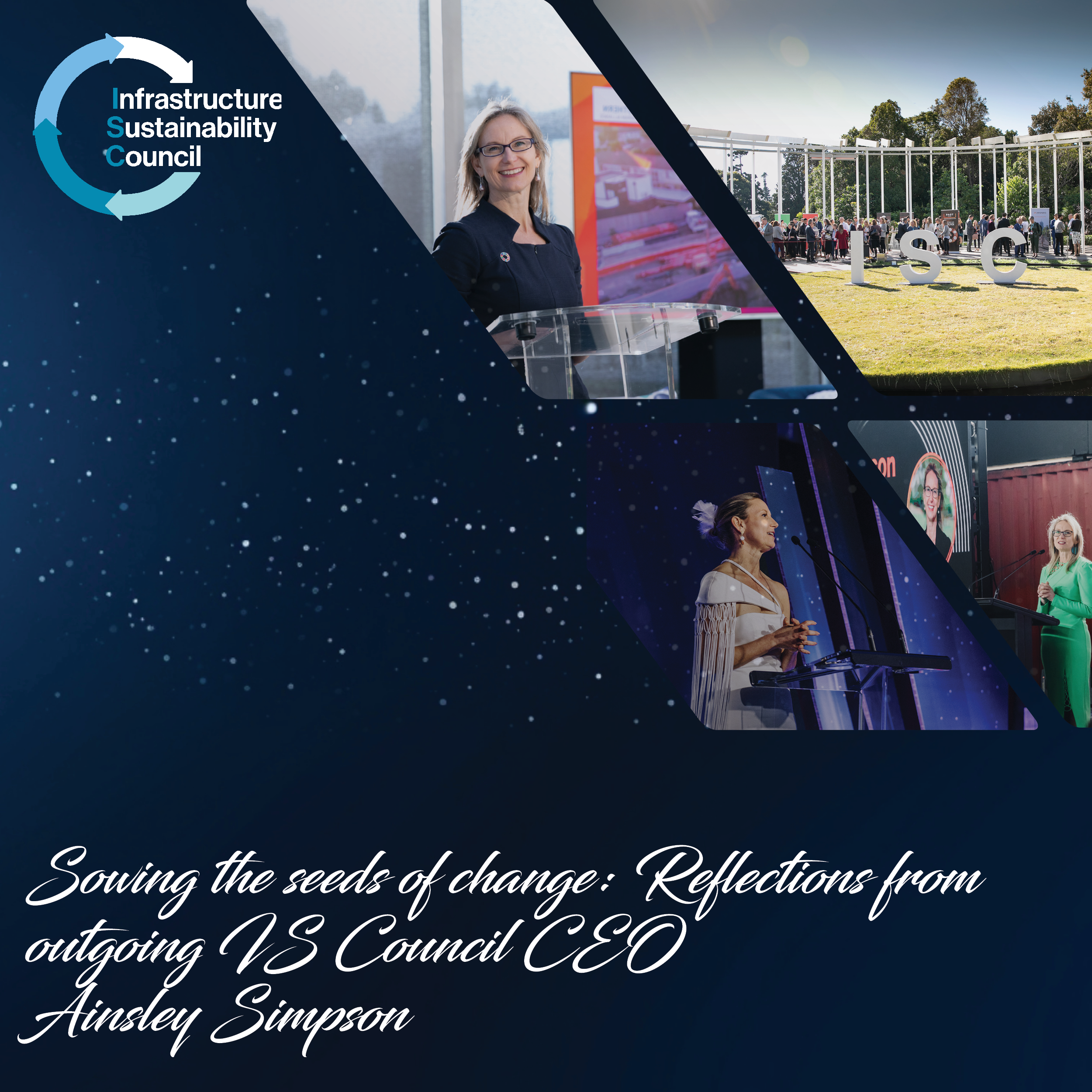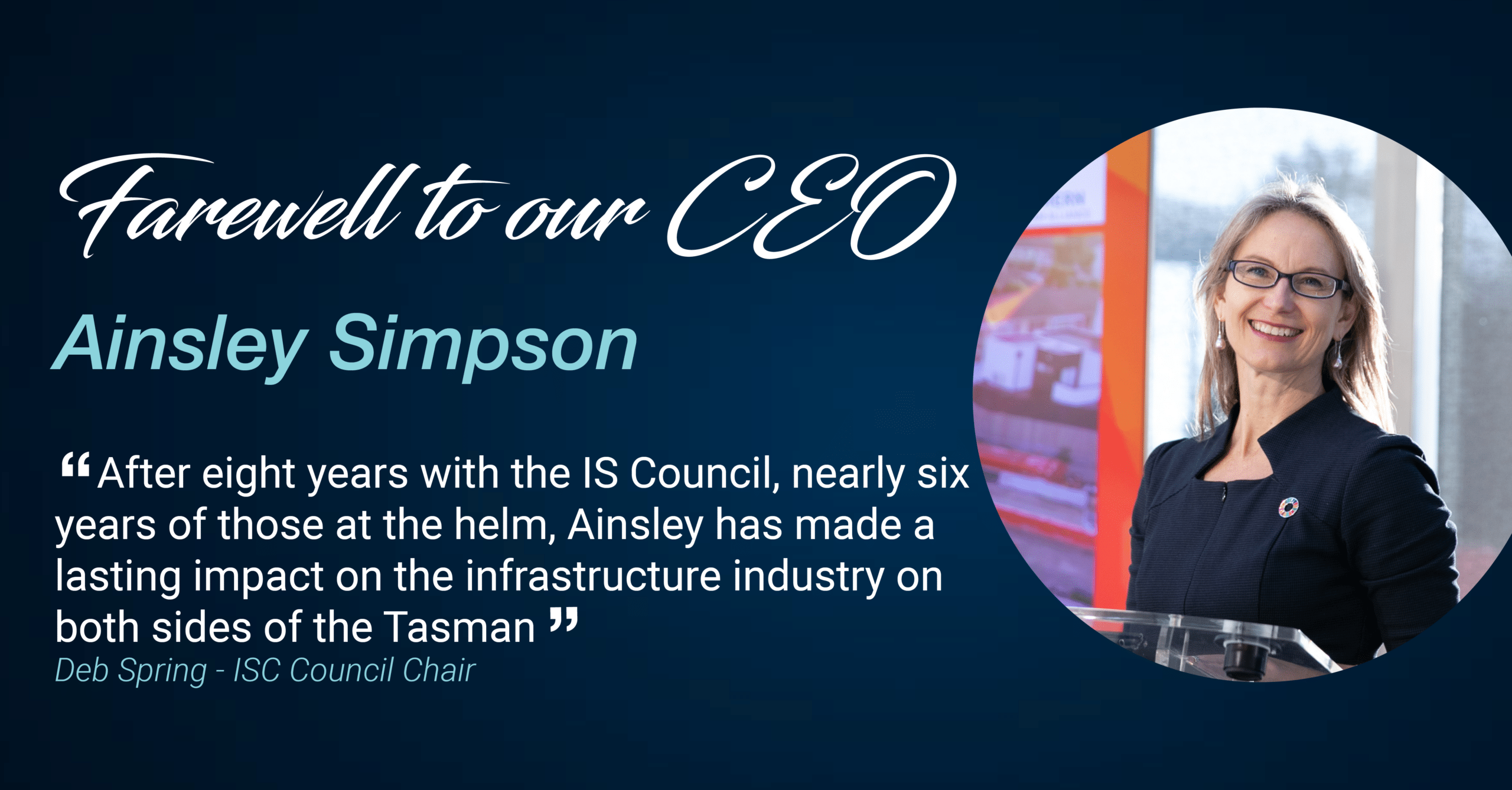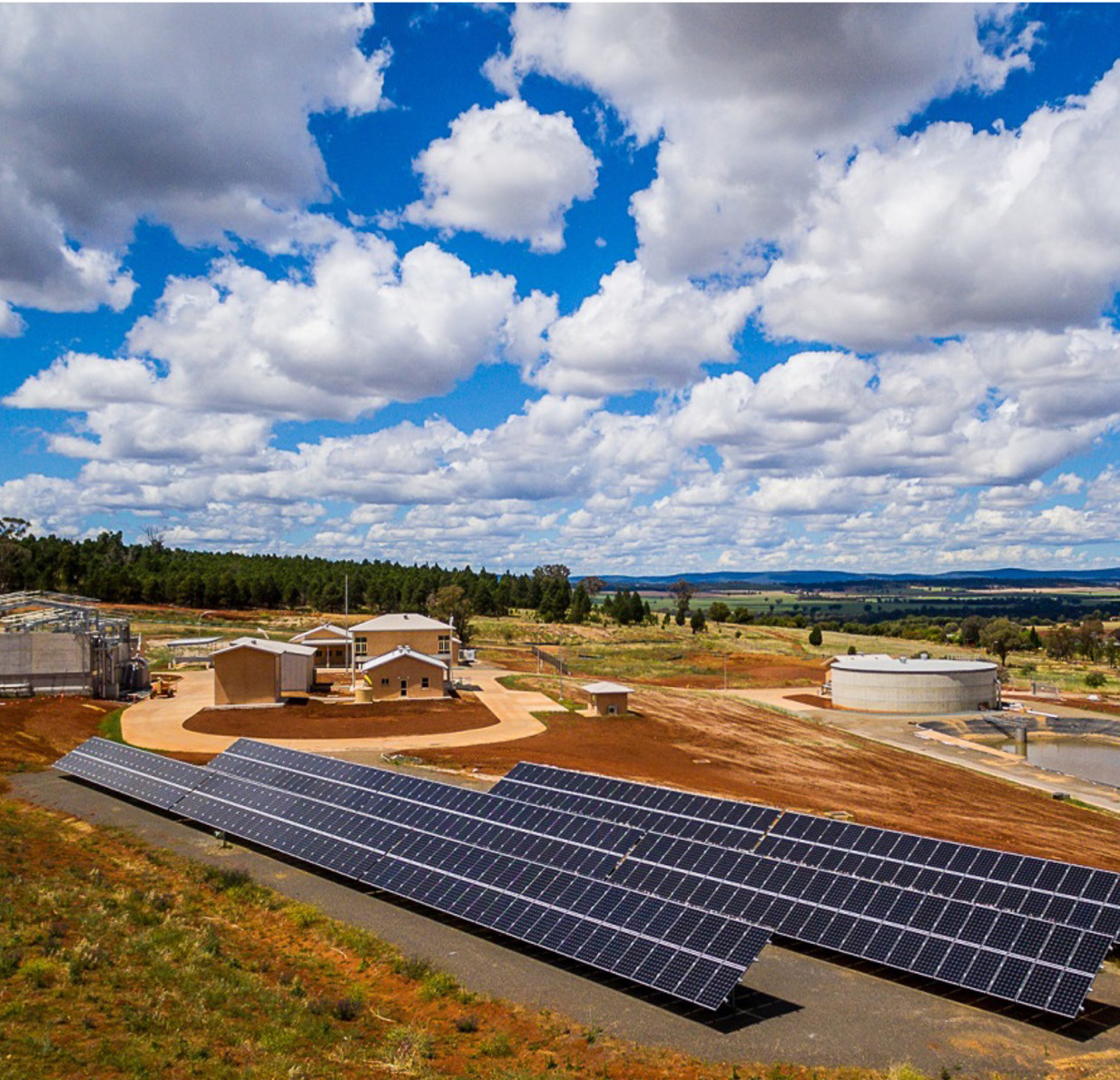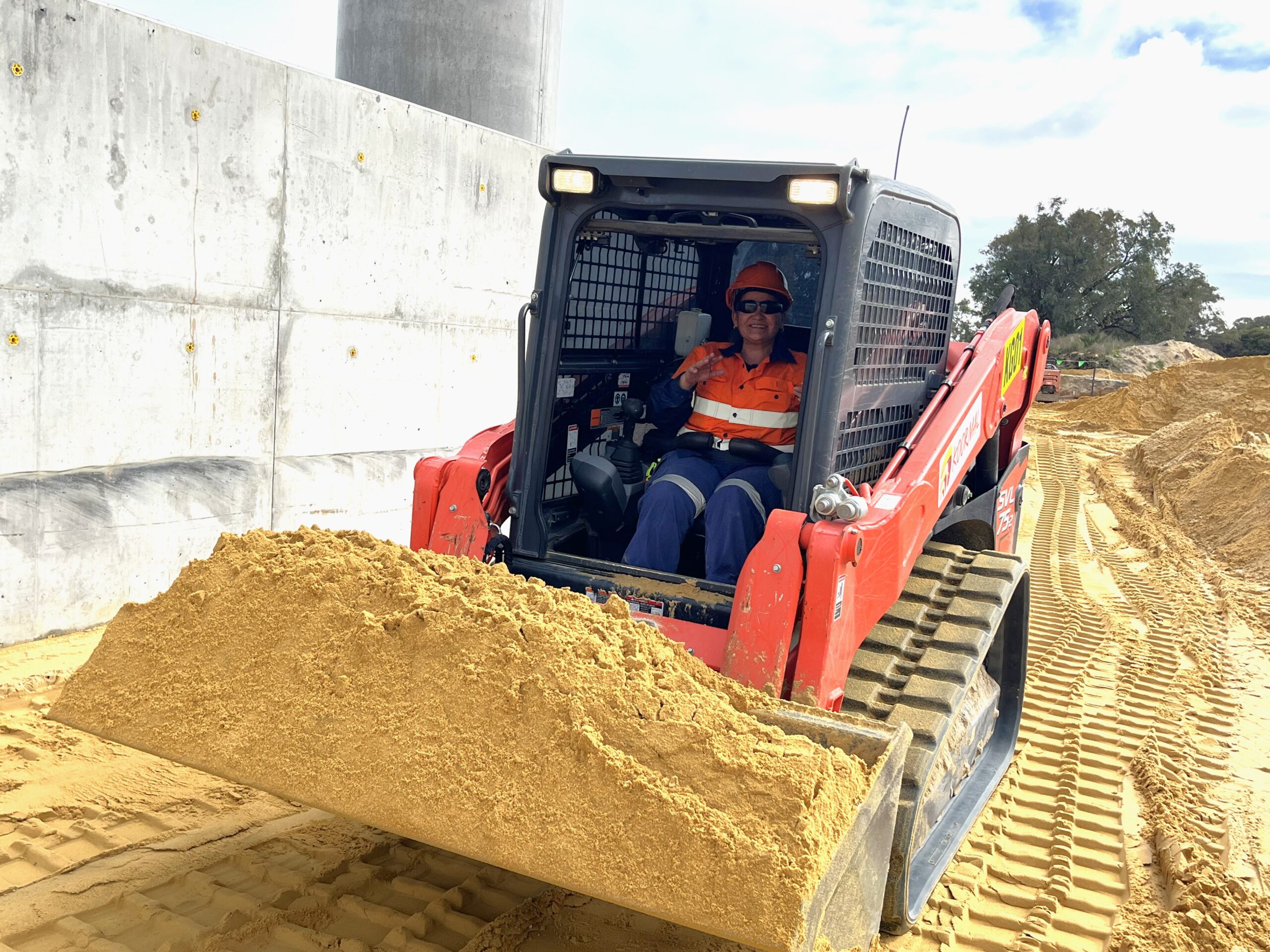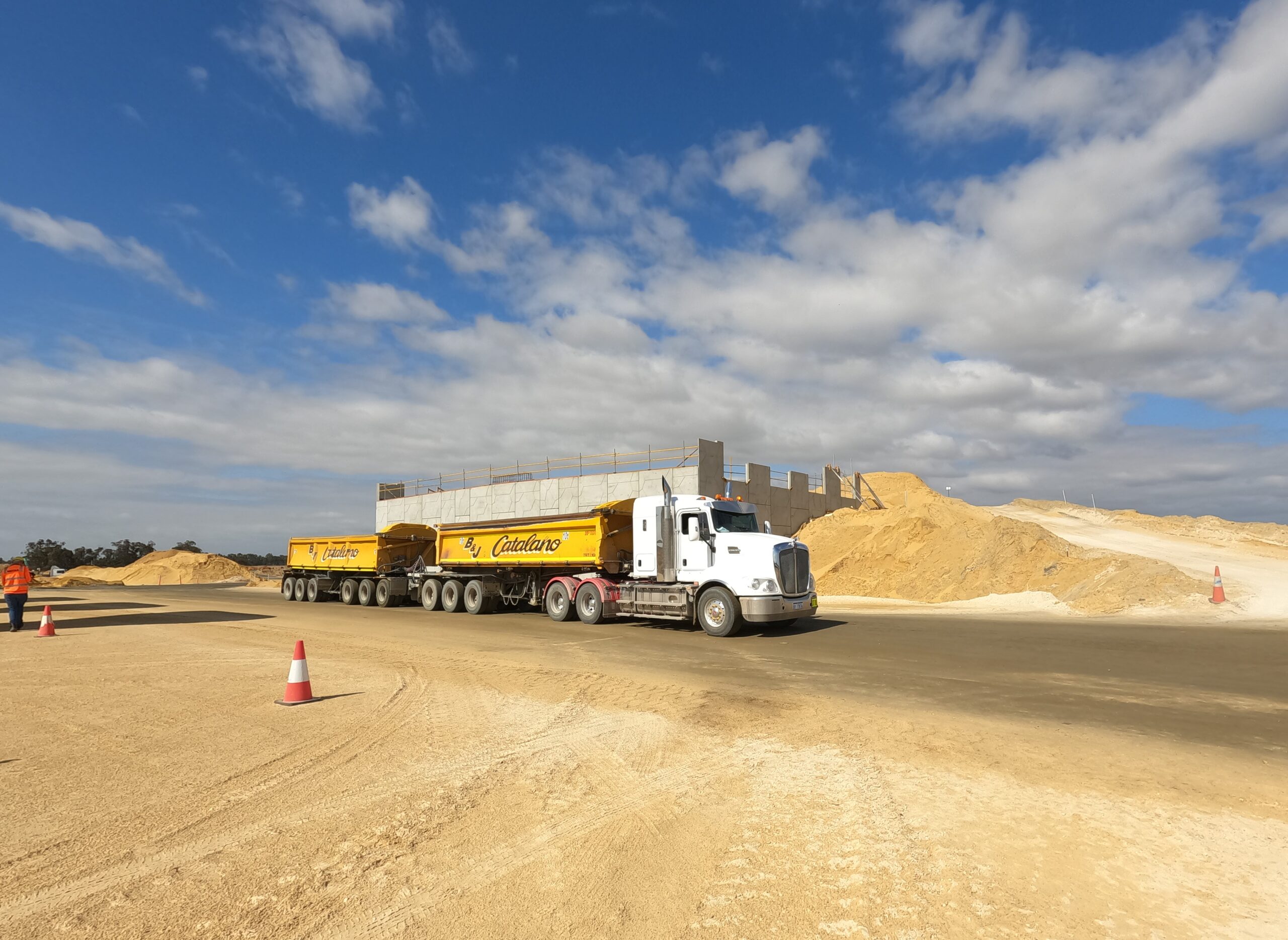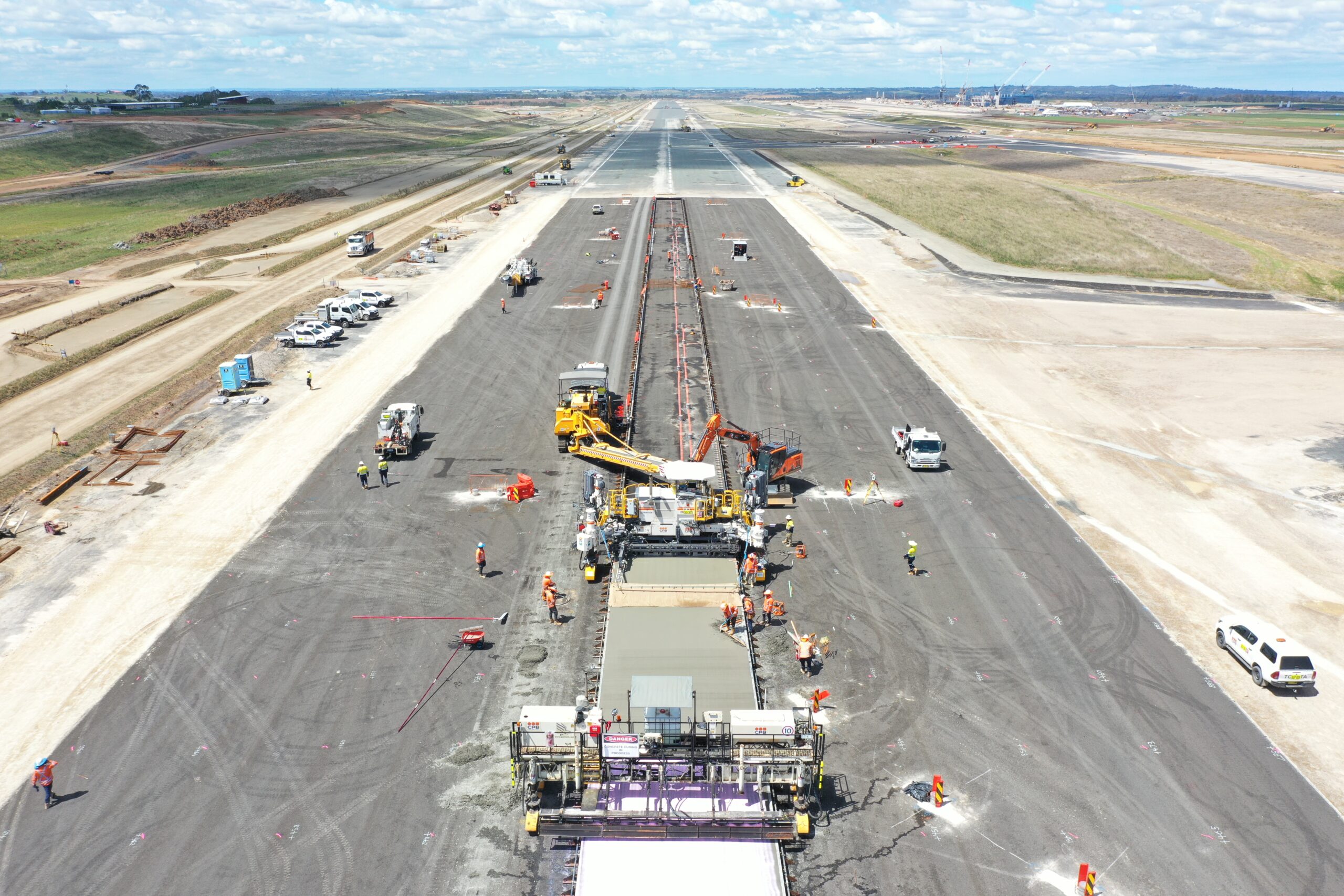When I started to prepare this last message to members of the Infrastructure Sustainability Council, I kept being drawn to my African roots. So, I took inspiration and guidance from many simple but profound African sayings to reflect on the last eight years and the lessons I will take with me.
If you want to know the end, look at the beginning.
My first projects, as a freshly minted environmental consultant in South Africa, took me to regional areas where the positive impact of infrastructure provision was undeniable and always confronting. Whether it was bulk water supply at 200-metre intervals intended for more than 700,000 people, the installation of the first sewer main servicing an informal settlement or 150 telecommunication masts providing service to millions of people, the lesson was as undeniable to me then as it is today. The world over, 100% of people need and benefit from infrastructure. Whether it is new or ageing, large or small – as long as there is investment in asset management – infrastructure enables people to thrive.
If you don’t know where you are going, any road will take you there.
When I joined the Council in 2016, I was employee number eight. We grew bigger, then smaller, and then even bigger again. But from the very first day, I was determined to lead with purpose. The first draft outline for our strategic plan, delivered to the board 91 days into my role as CEO, laid a clear path. In this, we aligned our organisation with the United Nations’ Sustainable Development Goals. This alignment attracted several awards, including the Banksia Gold award in 2019 – a very proud moment. While our work touches 15 of the 17 goals, our charitable giving focuses on the two goals we don’t directly touch: no poverty and zero hunger. Each year, our Impact Report articulates our achievements in relation to the SDGs – which last year included 30% embodied emissions avoided, more than $297 billion of assets committed to credible sustainability performance assurance and an engaged member base with a combined annual turnover of more than $50 billion.
Wisdom is like a baobab tree. No one individual can embrace it.
I owe so much to so many, but a few in the formative years stand out. Thank you to Antony Sprigg and David Kinniburgh who took a calculated punt on me for a newly formed role to oversee training, the evolution and delivery of the IS rating scheme, and business growth. Thank you to David Singleton for giving me an appropriate runway, and to early sustainability champions, the late Menno Henneveld, Stephen Troughton and Leo Coci; Stuart Hodgson, Jo Haggerty and Tom Gellibrand; Liz Root, Chris Meale and Sean Sweeney as well as Fin Robertson, Corey Hannett and Kevin Devlin. My overwhelming appreciation to Alison Rowe and Sarah Marshall for their foresight into just how our impact could and would grow. Thank you to Jayne Whitney, who wisely counseled to ‘always play a straight bat’, Robin Mellon, who reminded me that there are many kinds of CEOs, and Suzanne Toumbourou who encouraged that, whatever change we seek to make, we are fundamental to making it visible.
If you want to go quickly go alone; if you want to go far go together.
The wise leader surrounds herself with a diversity of people that match her strengths and complement her blind spots. Today, the ISC has the variety of a spice market – lively, rich, colourful. My thanks go to the many warriors who have served on my senior leadership team, including our current team Patrick Hastings, Jane Nicholls, Eva Wang, Dr Kerry Griffiths, Owen Buckley, Ainsley Jardine and Michel Colen. Our sector is more skilled, capable and empowered to serve the current and future societal needs of infrastructure, so that people and nature thrive. I salute you as you charge into new markets, launch new and modified tools and blaze new channel partnerships.
You cannot beat a drum with one finger.
Nothing at the ISC happens in the absence of collaboration. The praise we received from Prime Minister Albanese when we celebrated the IS Rating Scheme’s 10th birthday is a testament to our strong relationships with governments of all stripes. We have worked collaboratively to achieve many important policy outcomes with all tiers of government. A recent highlight is undoubtedly the grant we secured from the Westpac New Zealand Government Innovation Fund. This gave us the green light to accelerate the development of IS Essentials for assets and portfolios of less than $100 million – a monumental step forward in delivering on our purpose.
I would like to personally thank our many partners over the years; including those who have joined forces to decarbonise and support Infrastructure Net Zero: Australian Constructors Association; Australasian Railways Association; Clean Energy Finance Corporation; Consult Australia; the Department of Infrastructure, Transport, Regional Development, Communications & the Arts; Green Building Council Australia; Infrastructure Australia; Infrastructure Partnerships Australia; Roads Australia; as well as ASBEC and Engineers Australia.
Smooth seas do not make skillful sailors.
For sustainability to become a culture, it first needed to be a democratised capability. Today, we have multiple ways to build capability from the boardroom to the graduate pool. Our capability suite includes a learning platform, micro and e-learning options, plus transformative and targeted courses. Our mentoring program RISE is in its second tranche, and a tailored mentoring program for women in sustainable construction has just been launched, thanks to the NSW Government. Tapping into the full spectrum of talent available increases productivity; it also means accessing the perspectives of all people who use our infrastructure. Recalibrating our policies and strategies to attract more women is building a far more inclusive industry which values and respects difference as the source of all innovation.
He who seeks honey must have the courage to face the bees.
As we drive global best practice in infrastructure, striving for continuous improvement is a given. However, pushing the boundaries also means bracing for push back. Through the numerous iterations of our tools, especially where there is a step change, we have always welcomed feedback, especially the fierce and frequent kind. The ISC now administers assurance tools from strategic planning to asset management, and we will soon release IS Essentials so we support every asset, no matter the scale. All infrastructure – urban or regional, large or small, new or ageing – can deliver more for communities, and we have many people who have invested time to help iterate and improve to thank.
What you plant now, you will harvest later.
Over my tenure, the IS Council’s membership has grown four-fold and the number of IS ratings has tripled. We now welcome financiers, investors, manufacturers and asset owners among our members and our team has grown to 40-plus. We have a full suite of rating tools, across all asset classes, and across all Australian states and territories and in Aotearoa New Zealand.
As we have sown many fields together, this sector, this remarkable organisation and every single person connected to it will flourish. I will take this philosophy with me to Seamless – where I take on the role of inaugural CEO and the challenge of creating a circular clothing industry – alongside with my grandmother’s great advice to “blossom where your roots are planted”.
As I go well, I bid you ‘stay well – sala kahle’.

